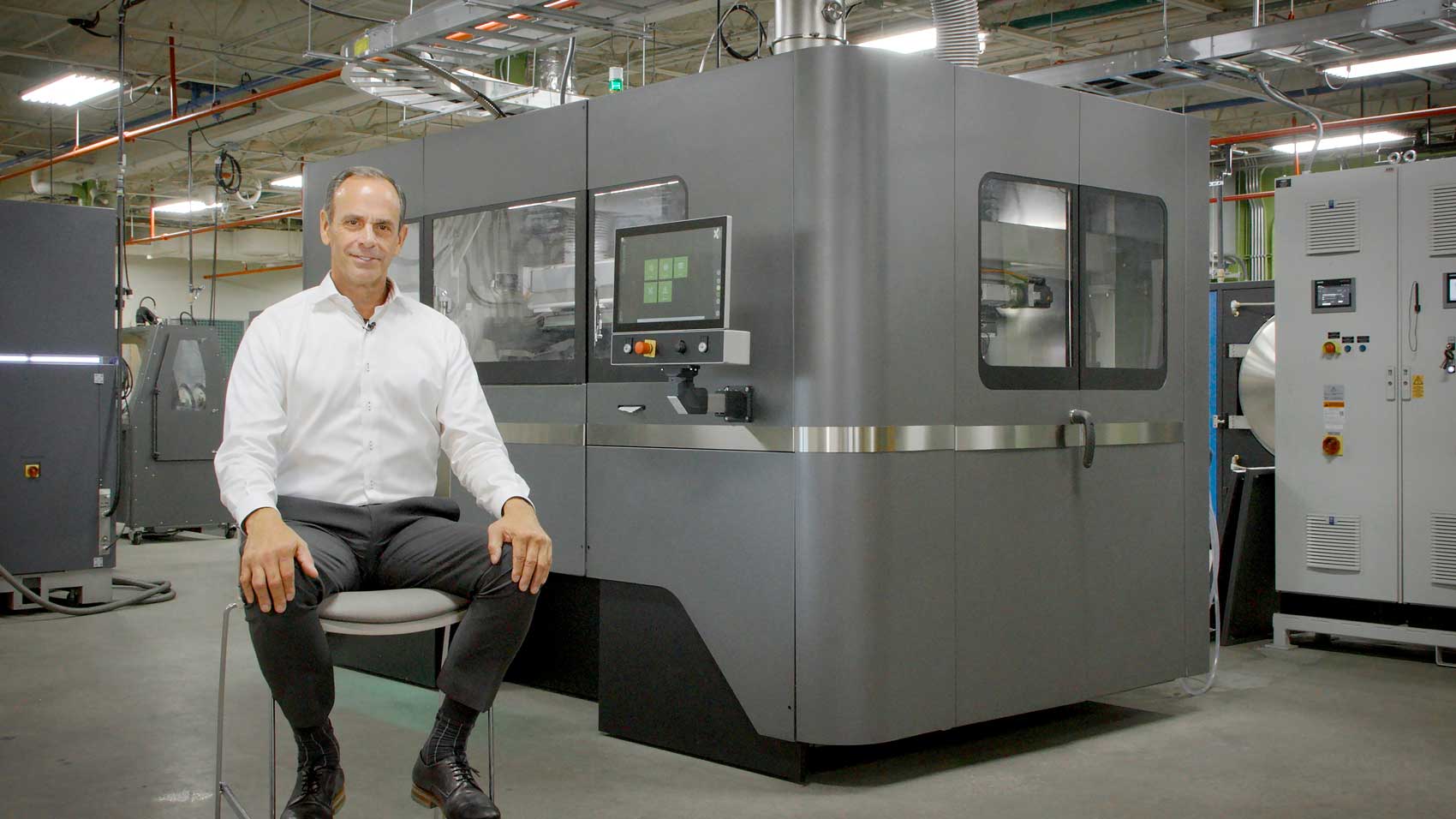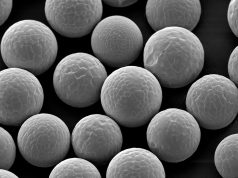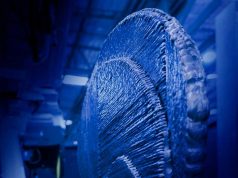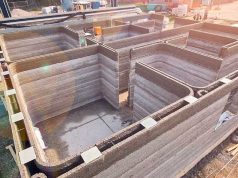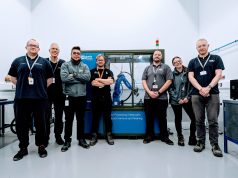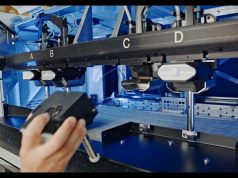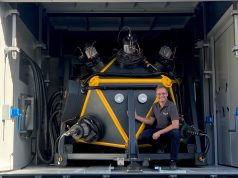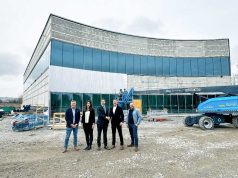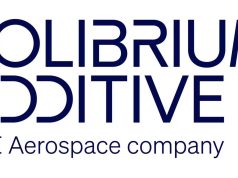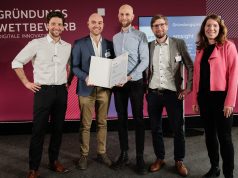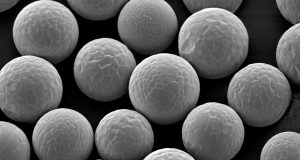3D printer manufacturer Desktop Metal has announced that DSB Technologies, a producer of high-quality metal parts using sinter-based technologies such as powder metallurgy (PM) and metal injection molding (MIM), has now introduced Desktop Metal’s complete X-Series metal binder jetting product line, including live sintering software.
DSB now designs and supplies customer parts using Desktop Metal’s InnoventX, X25Pro and X160Pro models for a range of metals, including 316L and 17-4PH stainless steels, and 4140 and M2 tool steel. A new customer video, available at TeamDM.com/DSB, shows this process in detail. In the future, DSB also plans to process aluminum using desktop metal binder jetting.
“Binder jetting really is a forming technology that gives us unlimited design potential,” said Paul Hauck, Chief Operating Officer for DSB Technologies. “We can go from a very simple shape to very complex things you can’t produce in hard tooling, taking complexity beyond what’s possible with metal injection molding. Binder jetting creates applications never produced before, and we want to be a leader in that.”
DSB, located in Janesville, Wisconsin, owns more than 30 high-temperature sintering furnaces to support volume production in metal binder jetting. Annually, DSB processes approximately eight million pounds of metal powder, with approximately 90% being stainless steel grades. Currently, DSB serves industries such as aerospace, automotive, defense, electronics, industrial, medical and sports equipment.
Metal Binder Jetting is a process in which an industrial print head selectively dispenses a binder into a powder bed of metal particles. After the printing process, the bound metal particles are sintered in a furnace. DM printers achieve densities of over 97% for most metals, which is comparable or better than MIM or gravity casting.
A key advantage of binder jetting is the end-to-end digital process.
“The exciting part about binder jetting is the path from concept to part is all digital,” Hauck said. “You’re not sending a CAD file over to a tool shop that then creates a reverse image. So, you’re taking as few as eight weeks, and maybe as many as 16 or 20 weeks, out of that process.”
The integration of Desktop Metal’s technology into DSB began several years ago. The InnoventX model was introduced in 2021, followed by the X25Pro in 2022 and finally the X160Pro in 2023. A key element in the process is the Live Sinter simulation software. Hauck said the software is highly effective in reducing iterations and saving time.
“We now have very useful scientific analytical tools that enable successful outcomes,” Hauck said. “It’s helping us solve application problems, get successful outcomes, and get there faster.”
Subscribe to our Newsletter
3DPResso is a weekly newsletter that links to the most exciting global stories from the 3D printing and additive manufacturing industry.



